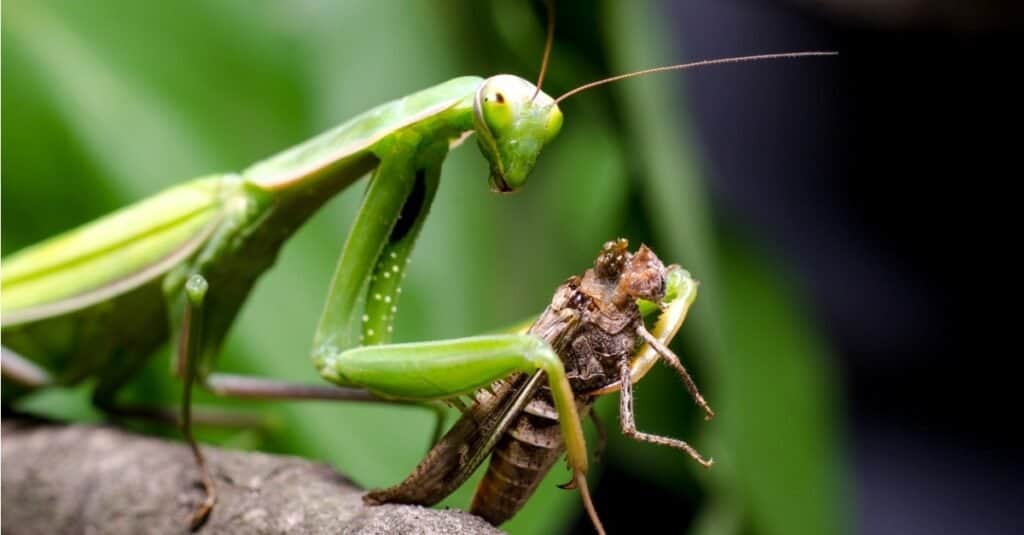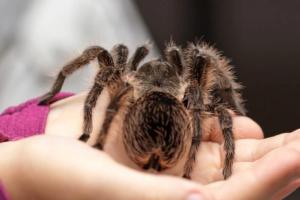Watch a Speedy Hummingbird Battle a Frisky Praying Mantis for Sweet Nectar
This feeding station has generated a lot of interest and it’s not just the birds that are attracted to it! As well as a gorgeous hummingbird, the food has got the attention of a sneaky praying mantis. However, it may not be the sweet treat that has attracted the insect! Scroll down to see this extraordinary encounter and find out how this could have turned out badly for the hummingbird!
What Do Hummingbirds Normally Eat?
Hummingbirds belong to the Apodiformes order which basically means ‘unfooted birds’ but are grouped in their own suborder – Trochili. There are over 300 currently recognized species of hummingbirds. They are known for their small size and rapid wing movements and heartbeat. Most hummingbird species are tropical and subtropical and more than half are found in Brazil and Ecuador.
When it comes to diet, hummingbirds are nectivores and insectivores. Normally, around 90 percent of their diet is made up of nectar. The remaining 10 percent is made up of flies, wasps, spiders, beetles, and ants. This praying mantis may be a bit large for the hummingbird to take on! Their thin, elongated bill is perfectly adapted to extract nectar from flowers. In fact, the life of hummingbirds and many pollinated flowers are so intertwined that their bills are perfectly shaped to suit a particular species of flower. Amazingly, hummingbirds can drink their own body mass in nectar in less than a day! They alos defend their nectar resources and this one is not very pleased about the presence of the praying mantis.
What Do Praying Mantis Normally Eat?

©iStock.com/artas
There is no single species of praying mantis. Instead, the term is used to describe a group of thousands of insects in the Mantodea order. The name mantis comes from the Greek word for prophet. All of these insects hold their very long front limbs in a position that looks as if they are praying. They also have long bodies with triangular heads that can move around 180 degrees. They are efficient predators and locate their prey through both sight and smell. However, their hunting method is usually to sit and wait for the pray to come to them rather than chasing it around. These guys will eat just about anything that they are able to grab hold of. You will often see them eating cockroaches and ants.
The largest praying mantis species in the world is the Chinese mantis (Tenodera sinensis) and they can grow up to 7 inches long. They can catch and eat hummingbirds!








